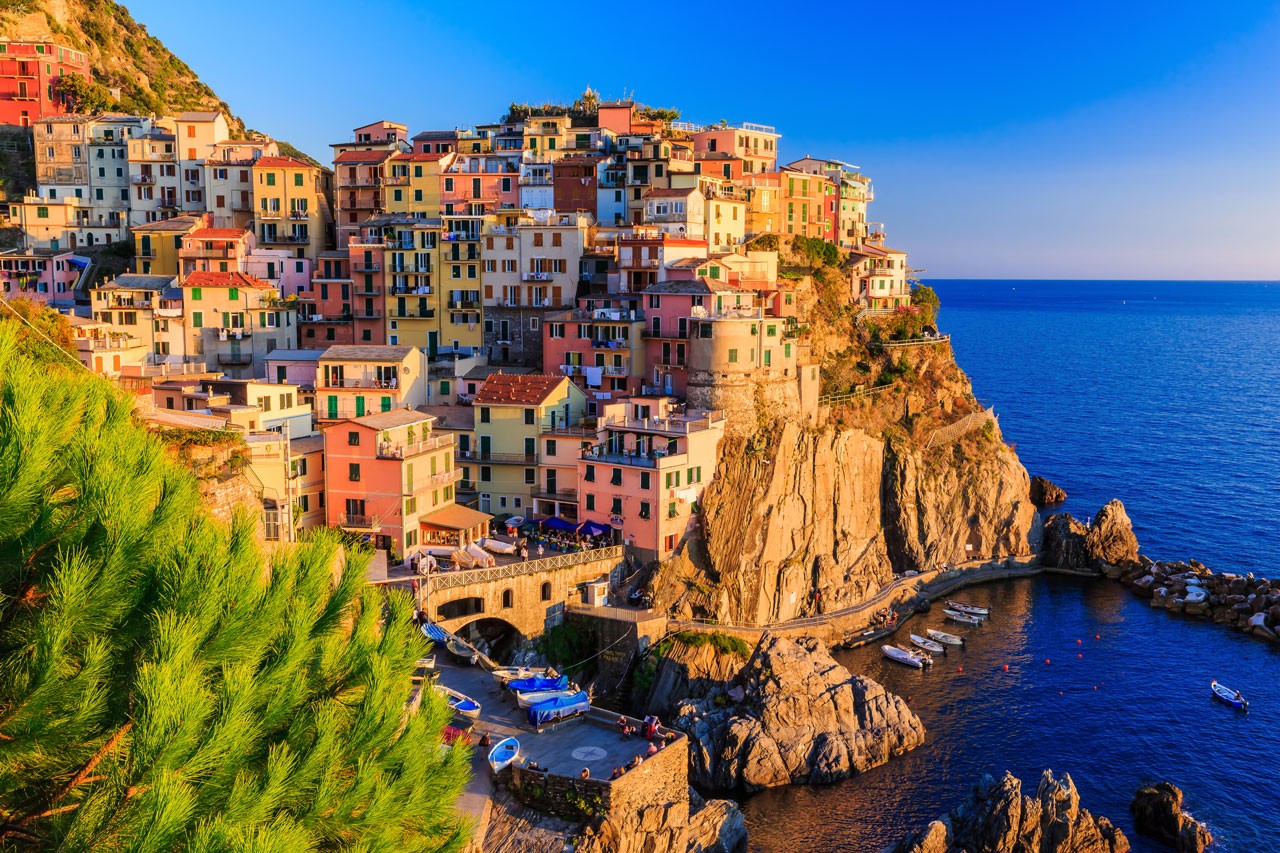
The culture and tourism minister of Italy said that the tourist influx should be monitored at famous sites in the country such as that in Rome and Florence. With limited access to the world heritage sites when the crowd numbers swell could be the only possible step to avoid over tourism.
Italy’s 51 UNESCO World Heritage sites include whole city centres and town squares and it has been under the prey of overcrowding. Conscious of the money-spinning power of places like St Mark’s Square in Venice, some officials have floated the idea of charging for access to currently public areas. However, these places have been increasingly worn out by the footfall of visitors and Culture and Tourism Minister Dario Franceschini has other ideas.
Speaking at an event in Rome, Franceschini said that there cannot be any pay to enter a city or town. Instead, new, non-invasive technology that counts people entering should be implemented… “When the number reaches a maximum access is stopped until they flow out.”
In Venice, one of Italy’s most high-profile examples of architectural beauty under strain, campaigners have been demanding for years that the number of visitors be limited. Italia Nostra, a heritage protection group said 30 million tourists were coming to the canal city every year and proposed a ceiling of 13.8 million annually.
About 11.8 percent of Italy’s gross domestic product is accountable on tourism while 12.8 percent of the country’s jobs are in the sector, according to national tourism agency ENIT.
Franceschini focused on the how important it is for tourists to respect the fragility and the importance of heritage.